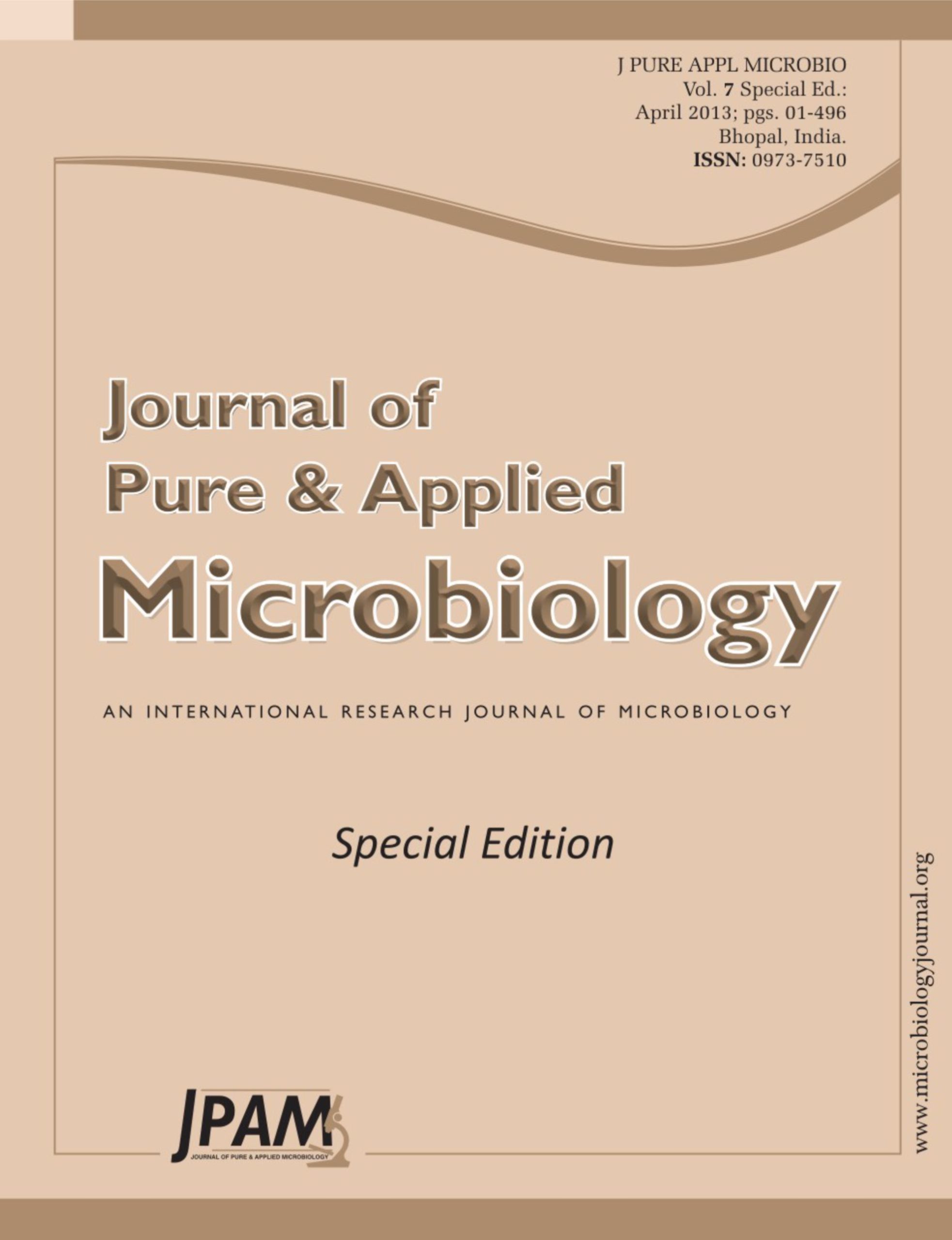There are mass of studies on ammonia leaching of copper, but few concerning bioleaching under alkalinene system. This paper presents an ammonia-producing strain isolated from soil, which is capable of decomposing urea, identified as Providencia.Sp and designated as strain AJT-1. Then bioleaching of high alkalinene copper oxide ores was carried out in the shake flask with Providencia JAT-1. The influencing parameters investigated include liquid-solid ratio, species and concentration of leaching aid and initial bacteria inoculation size. The results show that the 144h bioleaching yields a copper recovery of 42.35%, which is obtained at liquid-solid ratio of 7:1, ammonium sulfate of 0.024mol/L as the leaching aid, and initial bacteria inoculation of 20%. Based on the copper phase test of leaching residue, we can learn that the most easily leached copper dealing with ammonia strains is secondary copper sulfide, and its leaching rate is as high as 84.26%.
Ammonia producing strain, Bioleaching, Alkalinene, Copper ore, Initial inoculation size
© The Author(s) 2013. Open Access. This article is distributed under the terms of the Creative Commons Attribution 4.0 International License which permits unrestricted use, sharing, distribution, and reproduction in any medium, provided you give appropriate credit to the original author(s) and the source, provide a link to the Creative Commons license, and indicate if changes were made.


